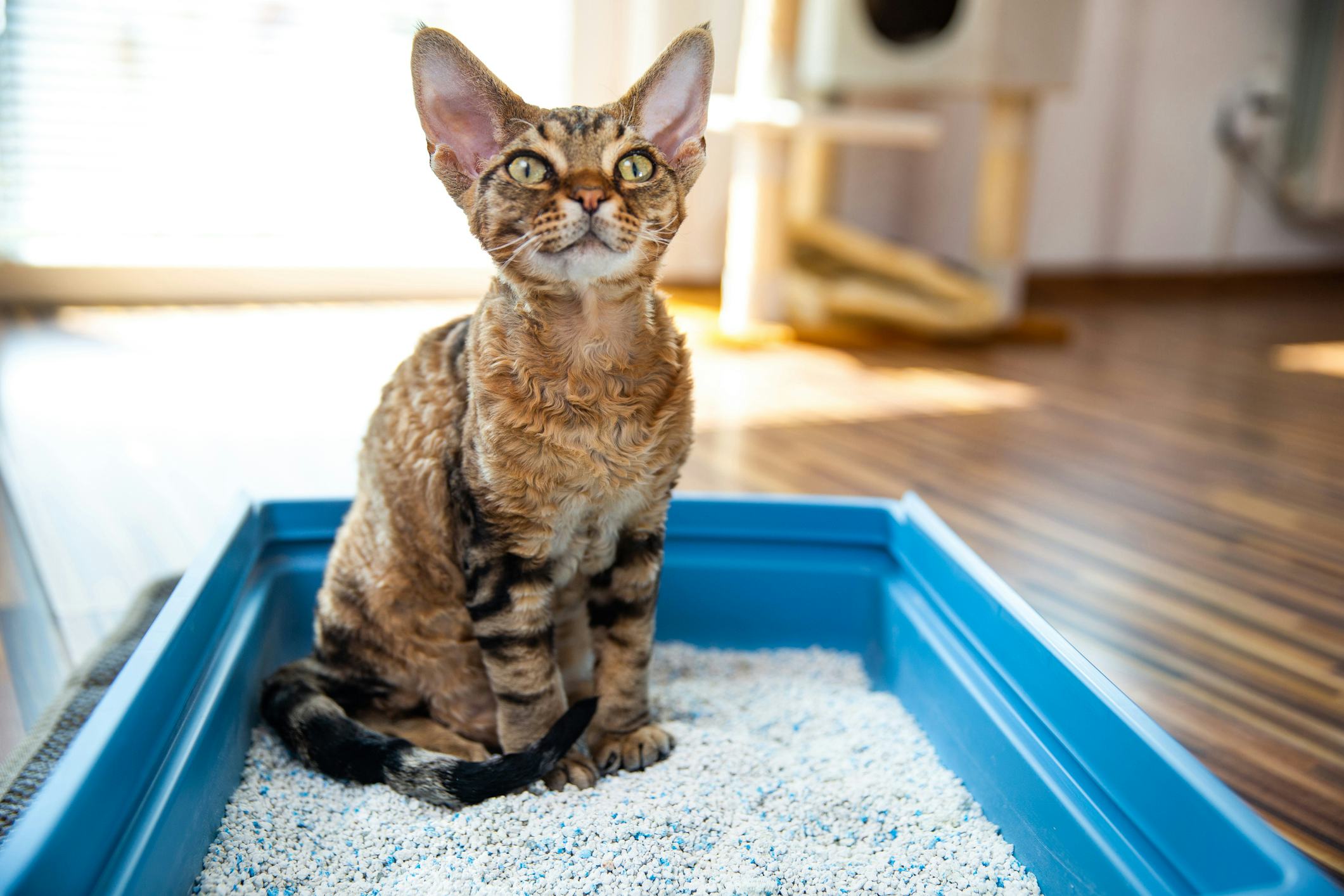The Risks of Disposing Cat Poop in Your Toilet - Precautionary Steps
The Risks of Disposing Cat Poop in Your Toilet - Precautionary Steps
Blog Article
We have uncovered the article pertaining to Can You Flush Cat Poop Down The Toilet? down the page on the internet and reckoned it made good sense to write about it with you over here.

Intro
As cat proprietors, it's vital to bear in mind how we get rid of our feline buddies' waste. While it may appear practical to flush pet cat poop down the commode, this method can have detrimental effects for both the setting and human health and wellness.
Alternatives to Flushing
The good news is, there are more secure and more responsible means to throw away feline poop. Consider the adhering to options:
1. Scoop and Dispose in Trash
One of the most common technique of getting rid of cat poop is to scoop it right into an eco-friendly bag and throw it in the garbage. Be sure to make use of a devoted clutter scoop and throw away the waste promptly.
2. Usage Biodegradable Litter
Opt for naturally degradable pet cat clutter made from materials such as corn or wheat. These trashes are eco-friendly and can be safely thrown away in the trash.
3. Bury in the Yard
If you have a backyard, consider burying pet cat waste in a designated area away from vegetable yards and water resources. Be sure to dig deep sufficient to stop contamination of groundwater.
4. Install a Pet Waste Disposal System
Purchase a family pet garbage disposal system specifically developed for pet cat waste. These systems utilize enzymes to break down the waste, lowering smell and environmental effect.
Health and wellness Risks
Along with ecological concerns, flushing feline waste can additionally posture health threats to human beings. Cat feces may include Toxoplasma gondii, a bloodsucker that can trigger toxoplasmosis-- a possibly extreme illness, particularly for pregnant ladies and people with weakened immune systems.
Environmental Impact
Flushing cat poop introduces damaging microorganisms and bloodsuckers right into the water, posturing a substantial risk to water ecological communities. These impurities can adversely influence aquatic life and concession water top quality.
Verdict
Liable pet dog possession expands past supplying food and sanctuary-- it additionally entails appropriate waste administration. By refraining from flushing cat poop down the toilet and opting for alternative disposal approaches, we can decrease our ecological footprint and protect human wellness.
Why Can’t I Flush Cat Poop?
It Spreads a Parasite
Cats are frequently infected with a parasite called toxoplasma gondii. The parasite causes an infection called toxoplasmosis. It is usually harmless to cats. The parasite only uses cat poop as a host for its eggs. Otherwise, the cat’s immune system usually keeps the infection at low enough levels to maintain its own health. But it does not stop the develop of eggs. These eggs are tiny and surprisingly tough. They may survive for a year before they begin to grow. But that’s the problem.
Our wastewater system is not designed to deal with toxoplasmosis eggs. Instead, most eggs will flush from your toilet into sewers and wastewater management plants. After the sewage is treated for many other harmful things in it, it is typically released into local rivers, lakes, or oceans. Here, the toxoplasmosis eggs can find new hosts, including starfish, crabs, otters, and many other wildlife. For many, this is a significant risk to their health. Toxoplasmosis can also end up infecting water sources that are important for agriculture, which means our deer, pigs, and sheep can get infected too.
Is There Risk to Humans?
There can be a risk to human life from flushing cat poop down the toilet. If you do so, the parasites from your cat’s poop can end up in shellfish, game animals, or livestock. If this meat is then served raw or undercooked, the people who eat it can get sick.
In fact, according to the CDC, 40 million people in the United States are infected with toxoplasma gondii. They get it from exposure to infected seafood, or from some kind of cat poop contamination, like drinking from a stream that is contaminated or touching anything that has come into contact with cat poop. That includes just cleaning a cat litter box.
Most people who get infected with these parasites will not develop any symptoms. However, for pregnant women or for those with compromised immune systems, the parasite can cause severe health problems.
How to Handle Cat Poop
The best way to handle cat poop is actually to clean the box more often. The eggs that the parasite sheds will not become active until one to five days after the cat poops. That means that if you clean daily, you’re much less likely to come into direct contact with infectious eggs.
That said, always dispose of cat poop in the garbage and not down the toilet. Wash your hands before and after you clean the litter box, and bring the bag of poop right outside to your garbage bins.
https://trenchlesssolutionsusa.com/why-cant-i-flush-cat-poop/

I was guided to that article on How to Dispose of Cat Poop and Litter Without Plastic Bags through a good friend on another web page. Kindly take the opportunity to promote this entry if you enjoyed reading it. We enjoy reading our article about Don’t flush cat feces down the toilet.
Call Us Today Report this page